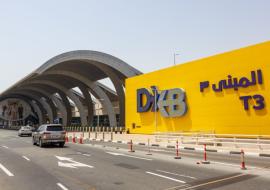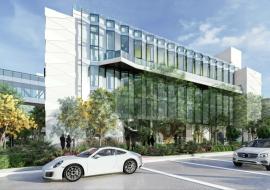Uber Expands Services with Designated Pickup Zones at Santo Domingo Airport

Uber has announced the introduction of designated pickup areas at Las Américas International Airport in Santo Domingo, streamlining the arrival experience for travelers using the popular rideshare app. The new signage and zones, located just outside the terminal, are designed to improve clarity and convenience for both international visitors and local drivers.
Launched in coordination with airport authorities, the initiative is a response to the growing international demand for Uber services in the Dominican Republic. According to Uber, travelers from more than 120 countries used the app in the region over the last quarter, highlighting the app's growing role in regional mobility.
Laura Santillán, Uber’s General Manager for Central America and the Caribbean, emphasized the importance of the new system: “We want every traveler's first experience in the Dominican Republic to be simple and welcoming. By improving signage and increasing mobility options, we’re making it easier to move confidently from the moment you land.”
The update includes two clearly marked pickup points: one for Uber Select, and another for standard services like Comfort and UberXL. Key benefits include reduced congestion, faster pickups, and a simplified experience for new visitors, with clearly posted directions guiding users to the right location.
In a further effort to expand services, Uber has also partnered with a local tourist taxi company, allowing affiliated taxi drivers to register under the Uber Select category. This move boosts the availability of high-comfort vehicles and integrates traditional taxi services with modern technology.
These improvements reflect a broader shift in Latin America’s transportation landscape, where rideshare platforms are increasingly relied upon to connect airports, hotels, beaches, and urban centers. With services already available in Punta Cana and growing usage in places like Puerto Rico, Cancún, Jamaica, and Costa Rica, Uber continues to play a key role in modernizing mobility infrastructure across the region.














